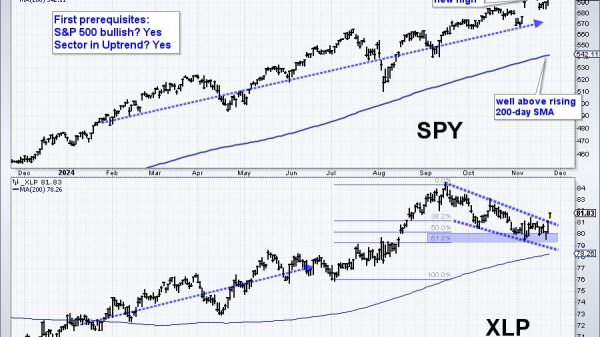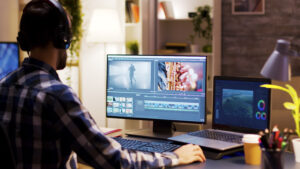Purchasing the right gadgets that will be functional and convenient is the key to successful work or gaming.
Many think they have to invest a fortune to buy monitor, but this is far from the case. Here readers can find details about the main characteristics, optimal for home use, office work, and entertainment. Of course, affordability is one of the key points for most people, but we will describe more factors to consider when choosing.
1. The Matrix Type as the Main Characteristic
This factor directly influences your experience of using the screen, so make sure to check everything properly. The matrix type affects colour reproduction, response speed, and image quality. You can find three main types:
TN is usually the cheapest option, with small viewing angles and poor colour reproduction. However, this option implies good response speed, so business owners often choose it for their offices. Overall, this type will be enough for you if you are an ordinary user who needs to work with documents and use simple programs.
IPS matrices have good colour reproduction, high contrast levels, and brightness. On the other side, low reproduction speed is the disadvantage, making such monitors not the best choice for gamers.
VA type is a compromise between TN and IPN. It has good contrast and considerably high response speed. Moreover, this option is usually cheaper than IPN, making it a common choice among users.
Of course, it all depends on the person’s preferences and comfort, so the best option is to test all screen types to decide which is the best. The viewing angle is essential – if only one person looks into the monitor, this parameter can be skipped. In other instances, it’s better to think over 170 degrees viewing angle, where multiple people can see the image on the screen.
2. Screen Resolution and Pixels Density
Image quality and clarity entirely depend on the screen resolution. And even those who use monitors for simple tasks must consider this factor: pick a device with a higher resolution for more convenience and less eye fatigue. Users who need the best quality rendering to see all details should pay attention to HD monitors.
3. Response Speed
The response speed is an indicator that shows how fast the picture can change on the screen. For instance, an acceptable average is a 5 ms response time, while the most advanced monitors have a 1-2 ms parameter. Ordinary people who browse the net and use simple programs won’t notice the difference. However, multimedia users, such as gamers, should better choose the highest speed for more convenient work.
4. Screen Coverage
One more important thing to note is the screen coverage. The quality of the monitor and colour reproduction depends on it. There are three types available for users:
Glossy screens provide bright and contrasting shades but also have glare and reflections. If you bought such a monitor, remember to place it so that sunlight doesn’t fall on the screen.
Matte type doesn’t glare but significantly reduces the quality of saturation and image.
Anti-reflective screens are considered the standard option suitable for all purposes. They don’t glare too much, but brightness and saturation remain high.
The screen coverage affects users’ eyesight, so paying particular attention to this point is critical. Manufacturers have already developed unique technologies for eye protection, including Flicker-Free and Low Blue Light. Due to these innovations, users feel less eye fatigue, which is extremely useful for those who spend numerous hours in front of their monitors.
5. Screen Size
Overall, this parameter fully depends on the person’s preferences. While some like working in front of a big screen, others prefer a small device that won’t take up a lot of space. Modern monitors’ sizes usually vary from 17 to 35 inches. People working in the office should better consider smaller screens for convenience and to avoid eye strain. On the other hand, gamers and designers usually pay attention to big monitors over 28 inches since it is easier to see all the necessary details.
6. Monitor Controls
Users often skip this point, but it’s also crucial for the convenience of usage. The small buttons on the monitor help regulate brightness, saturation, and even volume. They should be easy to access for the person working in front of the screen. Of course, it’s usually possible to proceed with all the settings on the PC, but it’s more comfortable to have direct access to buttons to reach them instantly.
7. Additional Features of the Monitor
Some parameters are not critical but make working with the monitor more convenient for users. For instance, the display flip function allows rotating the screen at 90 degrees. Another convenient option is the 3D mode for watching a film or gaming. After choosing the monitor, the user should evaluate screen compatibility with his PC and purchase the required adapters.
Read more:
How to Buy a PC Monitor in the UK: A 2022 Guide
























